With the New Year closing in fast, in this current economy, we all know every dollar counts. Planning for sustainability this coming year is a must for the New Year’s Resolutions list.
As a business owner, you could be leaving a lot of money on the table if you don’t take the time to analyze and more importantly, understand the true value of employee benefits.
The number one reason to have a benefit plan is TAX. For three letters, tax imbues such an emotional response in most business owners, it needs to be capitalized. But tax in relation to a benefit plan works favorably for both the employer and the employee. ALL premiums paid by an employer are a corporate tax deduction. Because the employer is an employee of the corporation, all benefit expenses claimed and paid as a result of health or dental, in the same manner as other employees, are all non-taxable (outside the province of Quebec).
Never underestimate the value of non-taxable. On an average twenty-person group, claims can amount to between $30,000—$40,000 in any given year. This compounds the larger the group. If these employees could not process the expenses through a benefit plan, they would be paying with after-tax money, which could amount to an additional $14,000 a year out of their pocket aside from the claim itself. Running these costs through a benefit plan, that same $14,000 is now savings because it is not applicable, plus the employer claims all of the premium paid as a corporate tax deduction. A win-win scenario!
This is the reason why a benefit plan should mirror the corporate strategy and be assessed and analyzed annually. The true value of the benefit plan should be outlined to employees per their compensation package, as benefits form a significant part of the total rewards of employment.
The following are some considerations for your Benefit Plan Resolutions:
Understand the benefit summary: Get to know the definitions and exclusions. You may think you have coverage, less the co-insurance, only to find out the expense is limited or excluded due to definitions, fee-guide schedules, formularies, deductibles, etc.
Health Spending Accounts: Is there a ‘fit’ within your plan options for this form of self-insurance, most especially for expenses such as massage, vision, major dental, and orthodontic. Setting an overall maximum to be used where the employee’s need it most is typically more cost effective than paying premiums for defined coverage which may or may not be utilized.
Employee meetings: Offering sound advice, educating employees on claim submission, coordination of benefits, on-line access, understanding their maximums and who to contact when they have questions or concerns relieves the burden from the plan administrator and reinforces the “value” of the benefit plan.
Financial fitness: Implementing a pension plan, Group RRSP, or a Deferred Profit Sharing Plan (DPSP) through the corporation for the employees means lower fees than are typically available through retail, no penalties for switching between investments, and professional money management.
Employee Assistance Programs (EAP): For a small fee, these programs offer great value and keep employees actively engaged, but more importantly, focused on work by allowing them the opportunity to seek professional help for those money problems, marriage breakdown, children with learning disabilities—issues which make it hard to function at work.
Working with a specialist who understands the corporate foundation on which the benefit plan was built and who the plan is meant to serve, means you will be better positioned to take advantage of the value they can provide and thereby save money to weather the current economy.
Hoping to be part of your New Year!
Disclaimer: Please note that the information provided, while authoritative, is not guaranteed for accuracy and legality. The site is read by a world-wide audience and employment, taxation, legal vary accordingly. Please seek legal, accounting and human resources counsel from qualified professionals to make certain your legal/accounting/compliance interpretation and decisions are correct for your location. This information is for guidance, ideas, and assistance.





